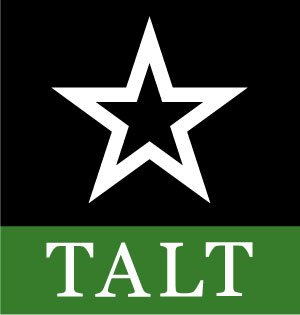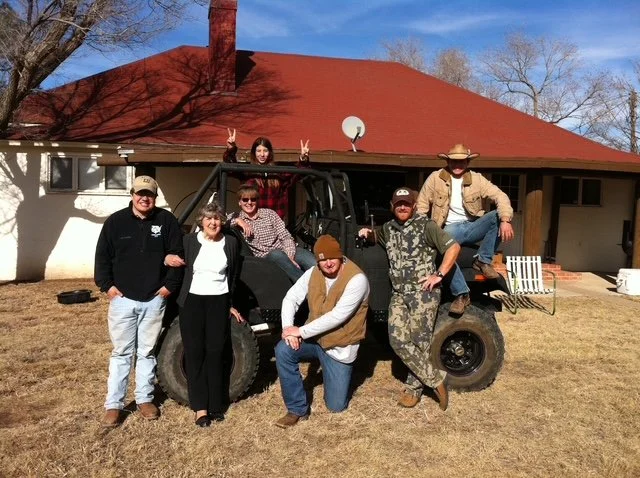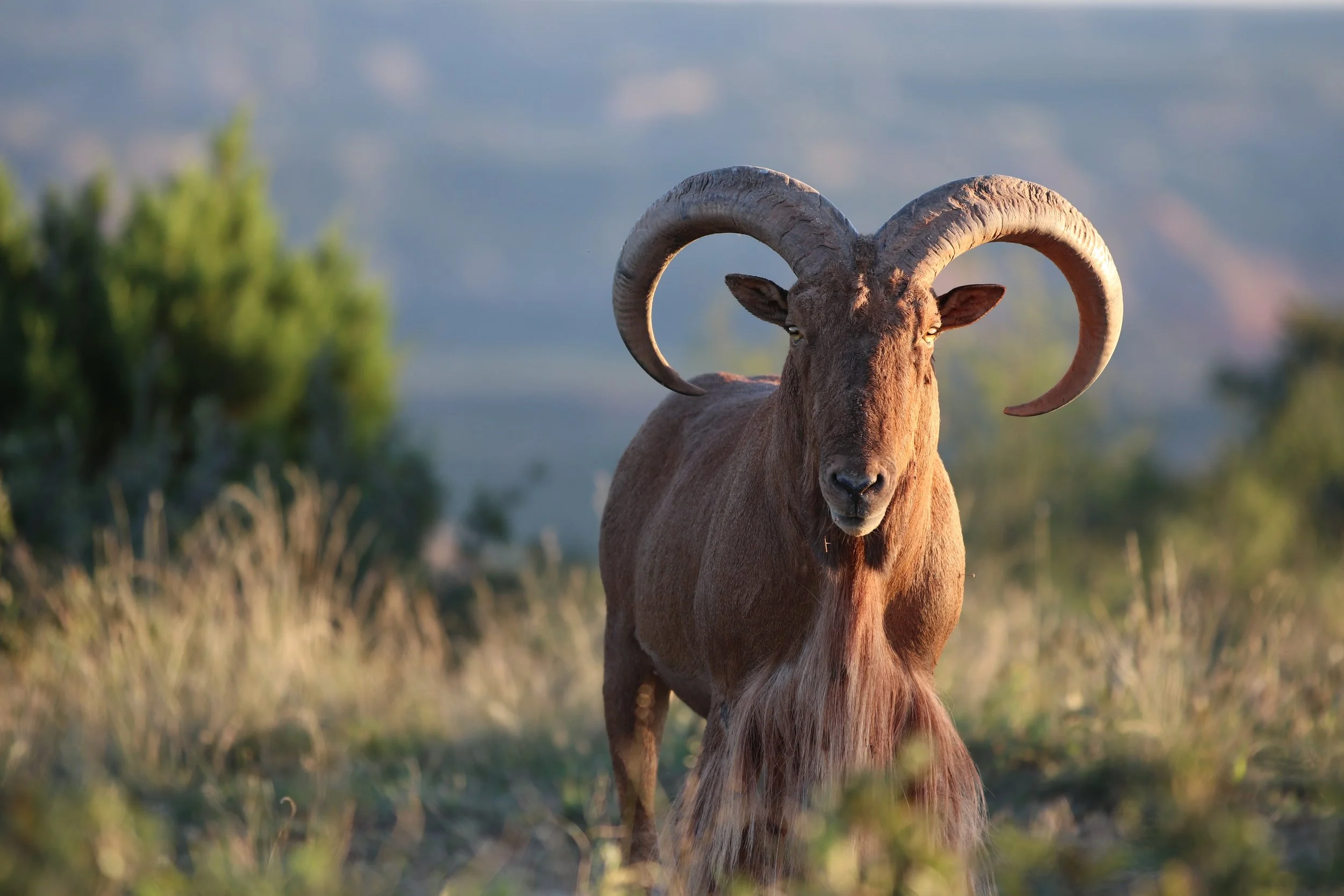Preserving the Rim of Palo Duro Canyon
Rim Ranch
At 98 years old, Ginger Campbell has lived long enough to see her family’s precious land legacy—perched on the rim of Palo Duro Canyon—permanently protected for generations to come.
Her parents, Dr. Guy and Mary Owens, first bought the property in the late 1940s. Over time, they built a home, raised cattle, and poured their hearts into what became known as Rim Ranch, 3,074 acres stretching along the edge of the second-largest canyon in the United States.
“My parents were so delighted to find this property,” Ginger recalled. “They raised cattle, they built a bigger house, and they poured their hearts into it. I’m just so grateful that it has stayed in our family all these years.”
Family Memories on the Rim
Rim Ranch has always been more than land—it’s a family gathering place with its own heartbeat. Ginger’s children, grandchildren and great-grandchildren grew up with the ranch as their touchstone, even as they lived in big cities.
For Becky Monning, summers meant bunking with cousins from up East. “We would all sleep in one room in bunk beds,” she said. “It was interesting living in Texas and having Northern cousins. They were different!” Afternoons were spent splashing in a shallow concrete pool. “It only had about a foot of water, but it was the highlight of a hot summer day.”
Her brother DeWitt’s fondest memories involve his grandfather’s determination to make sure every grandchild could enjoy the ranch. “I was allergic to just about everything out there—grass, hay, animals,” he laughed. “So my granddad built go-karts and even had a dune buggy made so I could have fun. That sparked my lifelong passion for cars. Meanwhile, Brandon’s passion became the land itself.”
Brandon Ray, Ginger’s youngest, eventually made the ranch his home. “Growing up in Dallas, I was always a wannabe country kid,” he said. “After college, I moved here and have lived either at the ranch or in Amarillo ever since. It’s where I belong.” Today he manages daily operations, balancing cattle leases, wildlife habitat, and an eclectic mix of animals around the headquarters—from chickens to donkeys.
The Backdrop of TEXAS
For the family, the ranch’s location is more than just scenic. From the rim, they look directly across to the amphitheater where the iconic play TEXAS has been staged for nearly 60 years—and where they’ve made countless family memories.
“We have a spot called The Point that overlooks the canyon,” DeWitt said. “One night we were out there cooking hot dogs and singing so loudly that they stopped the play and turned the spotlights on us to see where the noise was coming from. I’ll never forget that.”
Becky remembers the same night: “My uncle has a very loud singing voice, and we were all singing at the top of our lungs. When the spotlight turned on us, we clapped and jumped up and down. We knew they could hear us—it was thrilling!”
Generations of audiences have marveled at the same canyon walls, never realizing they were looking at privately owned land. Thanks to the Owens family, that view will now remain forever undeveloped.
A Place of Solace
The ranch has also carried the family through hard times. Becky endured unimaginable loss, tragically losing two husbands—one to a brain tumor just five months after their marriage, and later her children’s father to a premature death.
“After both funerals, I remember finding solace at the ranch,” she said quietly. “It was a place of solitude where I could mend. I would cry, talk to God, and just heal. It holds a special place in my heart.”
A Commitment to the Future
By the 2020s, the family faced hard questions about how to sustain the ranch. For decades, Ginger had subsidized its operation, paying taxes and insurance when ranch income fell short. DeWitt, a banker, began exploring options to secure its financial future. That’s when he discovered conservation easements through the Texas Agricultural Land Trust (TALT).
“Working with TALT just made sense,” DeWitt said. “The easement gave us the resources to create a fund that will keep the ranch going for generations. And at the same time, we know the land itself is protected. That’s the best of both worlds.”
For Becky, the decision resonates deeply. “It feels good to have the economic stability,” she said. “For me it’s a way to forever protect the land, even after we are gone. You are part of the land, and the land is part of you. You want to care for it and you want it to last as long as it will.”
For Ginger, the easement provided peace of mind. “I don’t have many more years,” she said softly, “but I am so grateful to know this ranch will thrive, and that my children and grandchildren will carry it forward. That means everything to me.”
Brandon echoed her sentiment. “We’ve watched development spring up all around the canyon rim,” he said. “We all agreed we didn’t want to see that happen here. With the easement, we can keep running cattle, farming, and hunting—all the things we’ve always done. The only thing we’ve given up is the chance to sell it for development. And that’s exactly what we wanted.”
Photo by Brandon Ray
Ripple Effects across the Canyon
Already, the Rim Ranch easement is inspiring neighbors. “There’s a ranch just south of us already under easement,” DeWitt said, “and now two more neighbors are seriously considering it. In a few years, we could have more than 15 miles of canyon rim permanently protected. Visitors to Palo Duro Canyon State Park will never have to worry about seeing subdivisions or apartments on that skyline.”
Photo by Brandon Ray
Partnerships that make it possible
The Rim Ranch conservation easement was funded through the USDA’s Natural Resources Conservation Service Agricultural Conservation Easement Program (ACEP) and Texas Parks and Wildlife Foundation’s Buffer Lands Incentive Program, which provided key support for project costs. The family is deeply grateful for TALT’s role in guiding them through the process.
“Everyone at TALT has been exceptional,” said DeWitt. “They went above and beyond and made us feel like the most important folks on the planet. We couldn’t have done this without them.”
Thanks to that collaboration, the rim of Palo Duro Canyon—the backdrop of TEXAS, the second-largest canyon in the United States, and a beloved family landscape—will remain wild and undeveloped, forever.
As Ginger put it: “I love to think of it going on and on and on. Not just for our family, but for everyone who comes to see this beautiful canyon.”












